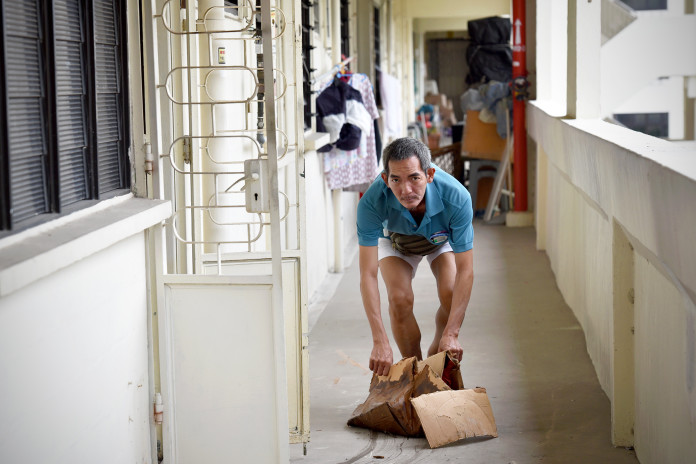SINGAPORE: The sun sets on not one, but two iconic housing estates in Singapore at the turn of the year, with residents at Rochor Centre and Dakota Crescent ordered to move out by end-December.
Even though most of the affected 400 households in Dakota Crescent have relocated, some have chosen to move out in this last week before the eviction deadline, the Housing and Development Board (HDB) said.
When Channel NewsAsia visited the estate near Old Airport Road this week, a handful of residents were in the midst of packing up.
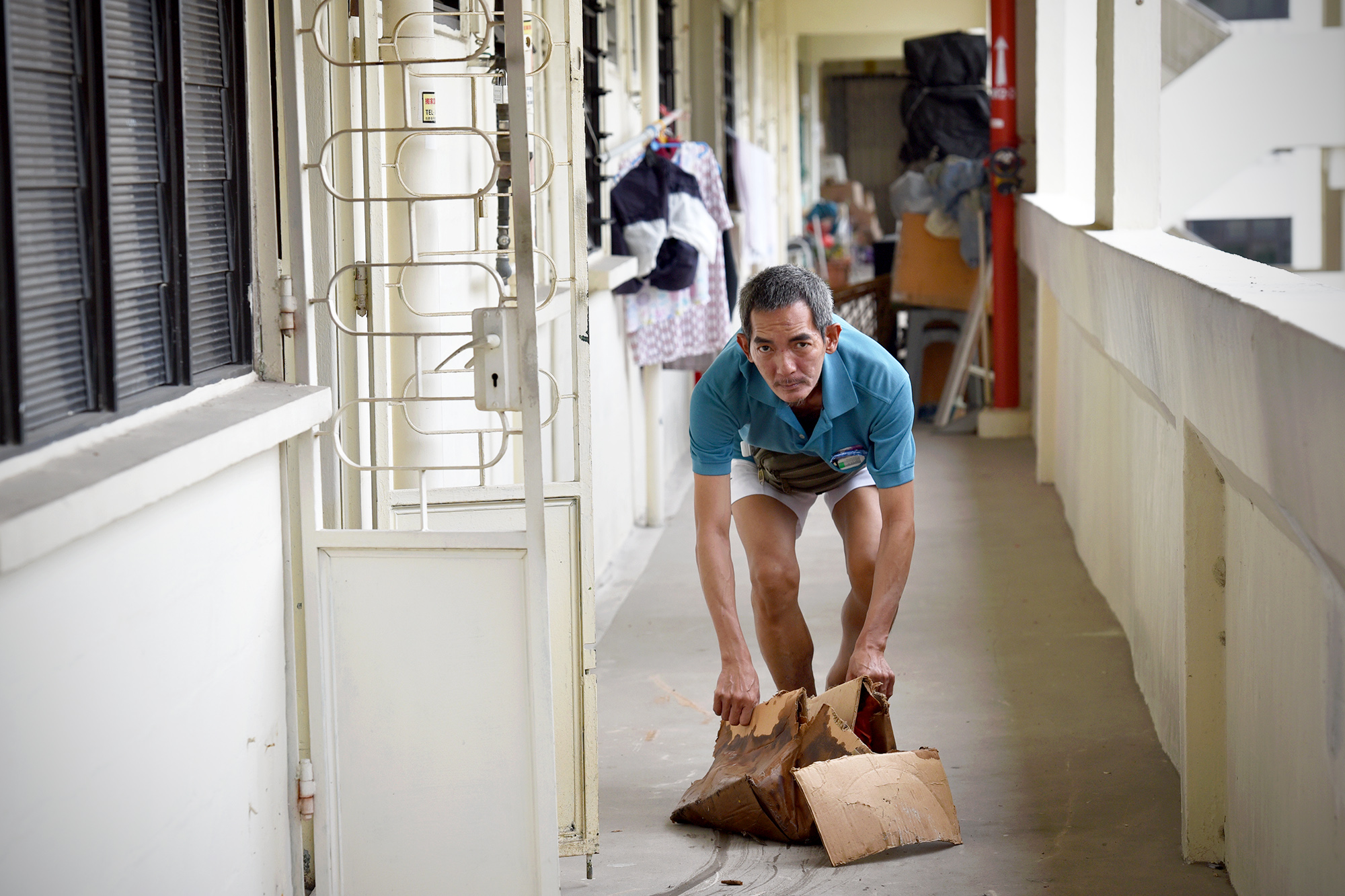
One of them is Mdm Lee Soh Meng, who has lived at Dakota for close to six decades. “Everything feels familiar here, the neighbours are amiable and we greet one another,” said the 81-year-old in Mandarin. Still, she added: “I miss the good old times, where the environment was friendlier.”
Mdm Lee recounts it being a very boisterous neighbourhood in the past. “60 years ago, there were many kids around here and they would fight at the playground,” she said. Those kids have since grown up and moved away as they started their own families.
Dakota Crescent, comprising 17 low-rise rental blocks, was completed in 1958 by the Singapore Improvement Trust (SIT), the predecessor to HDB. Known affectionately as the “seven-storey houses”, Dakota Crescent was named in memory of the Dakota DC-3 aircraft that crashed at the Kallang Airport in 1946.
Notice that the estate would have to make way for for new developments as part of plans to rejuvenate Mountbatten’s came two and a half years ago.
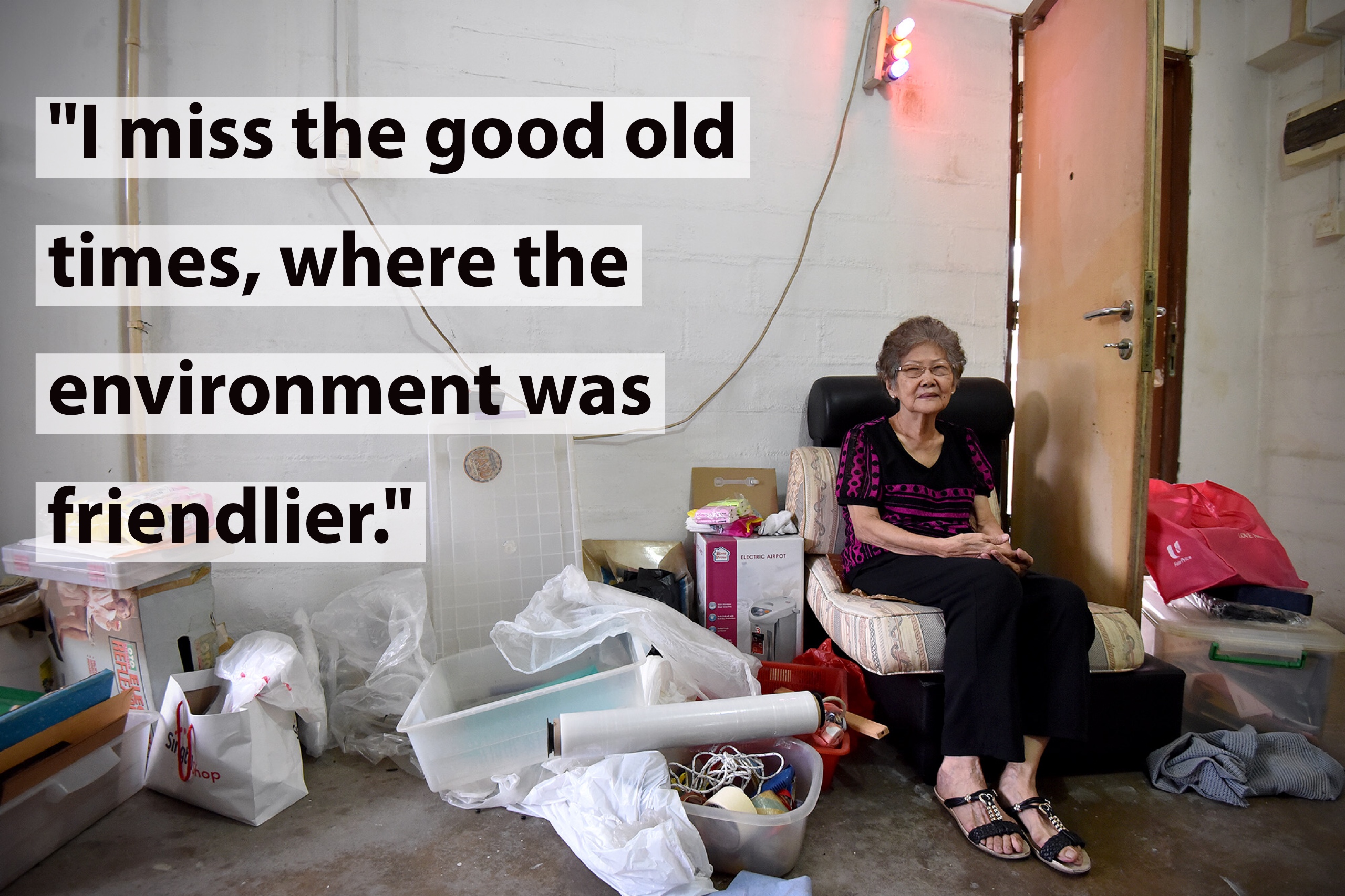
Affected residents have been given priority allocation of one or two-room rental flats at a new block, 52 Cassia Crescent, situated about 400m away from their former estate. Two-thirds of the households at Dakota Crescent have one or more elderly member who is at least 60 years old.
A spokesperson said HDB “has been working closely with affected households to move to newer or upgraded rental flats, or even to buy a flat”.
So far, about 90 per cent of the close to 400 affected households have been allocated another rental unit or purchased a sold flat. The remaining 10 per cent are awaiting finalisation of key collection to their new homes.
Said the HDB spokesperson: “For those who are unable to move out by Dec 31, we will continue to work with them to relocate to their new homes as soon as possible. For example, we will grant extensions to households that have collected keys to their sold flat and require time to carry out renovation work. For tenants who need more help in moving out, we are working closely with the grassroots leaders and social workers to render further assistance to them.”

Mdm Lee expressed optimism about adapting to her new home, noting that neighbourhood amenities, such as the hawker centre and MRT station, are still located within reach.
Unlike Mdm Lee and most of his neighbours, 69-year-old Ng Ah Kiat, is not relocating to Cassia Crescent. “I’ve moved to Choa Chu Kang, but I’m back at my old apartment to take a break,” he said. He spoke to this reporter through the gates, the voice of a Chinese newscaster wafting from the background of the dimly lit apartment.
The living room appeared intact with nary a cardboard box in sight. “I’m planning to dismantle the furniture day by day. I have to do it slowly, or else I will be tired,” Mr Ng grinned.
He has lived in Dakota Crescent since he was nine years old, he shared, listing his favourite dishes from the hawker centre across the road – hor fun, rojak and char kway teow.
“It can’t be helped and it’s only a matter of time that we have to move out,” he said with visible sadness. “I can’t bear to move out as the older HDB apartments are generally more spacious.”
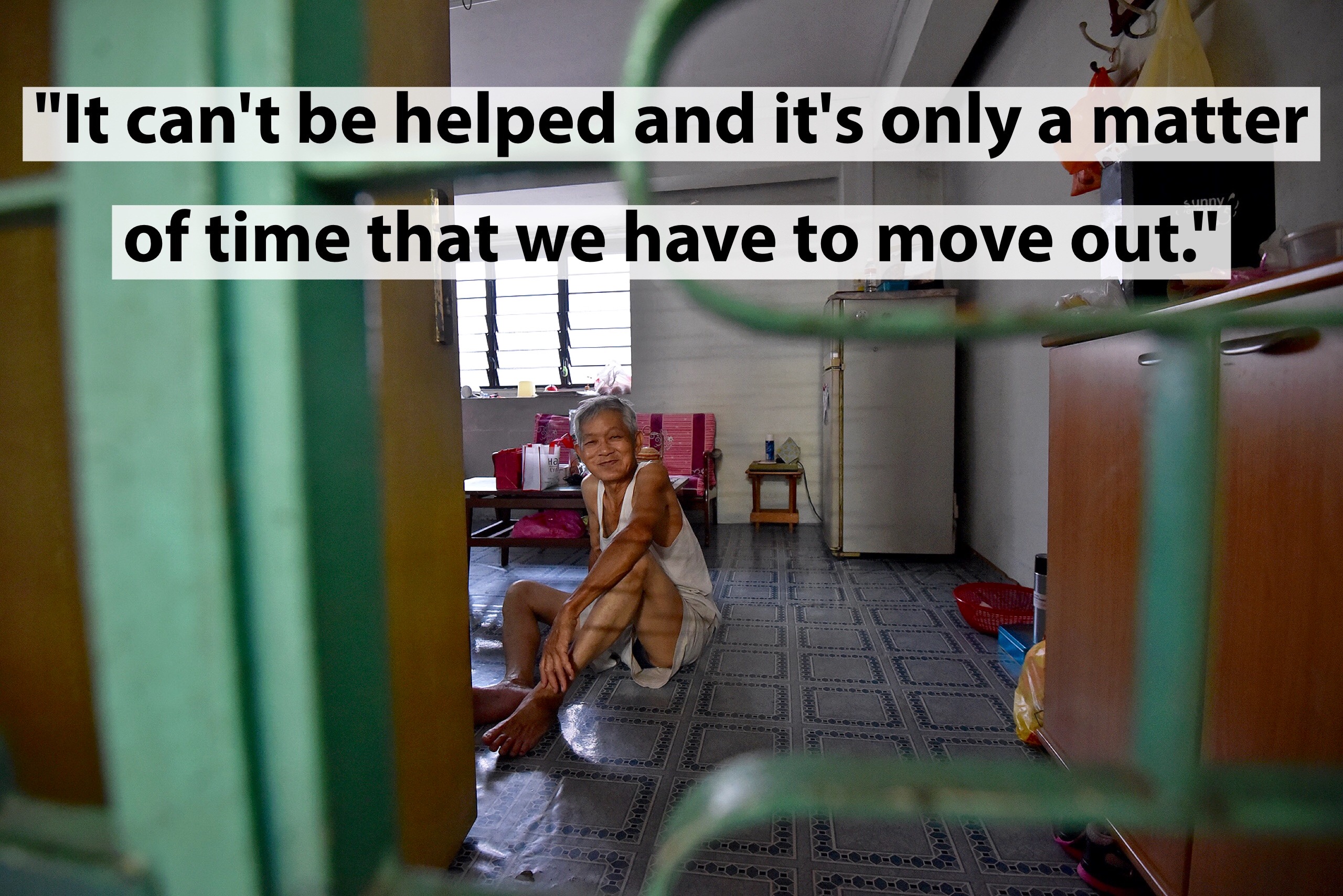
Member of Parliament for Mountbatten SMC Lim Biow Chuan, who has been visiting residents living at the Dakota Crescent rental flats for the past 10 years, told Channel NewsAsia: “Some of the initial reactions from residents were that of reluctance and unhappiness. They were also uncertain where they would be relocated to.”
However some were relieved when the relocation plans were confirmed as they saw that the flats were very old. As they aged, it also became inconvenient for them that the HDB blocks there do not have lifts that stop at every level. “Hence for those residents on wheelchair or are unable to walk properly, it was very difficult for them,” Mr Lim said.
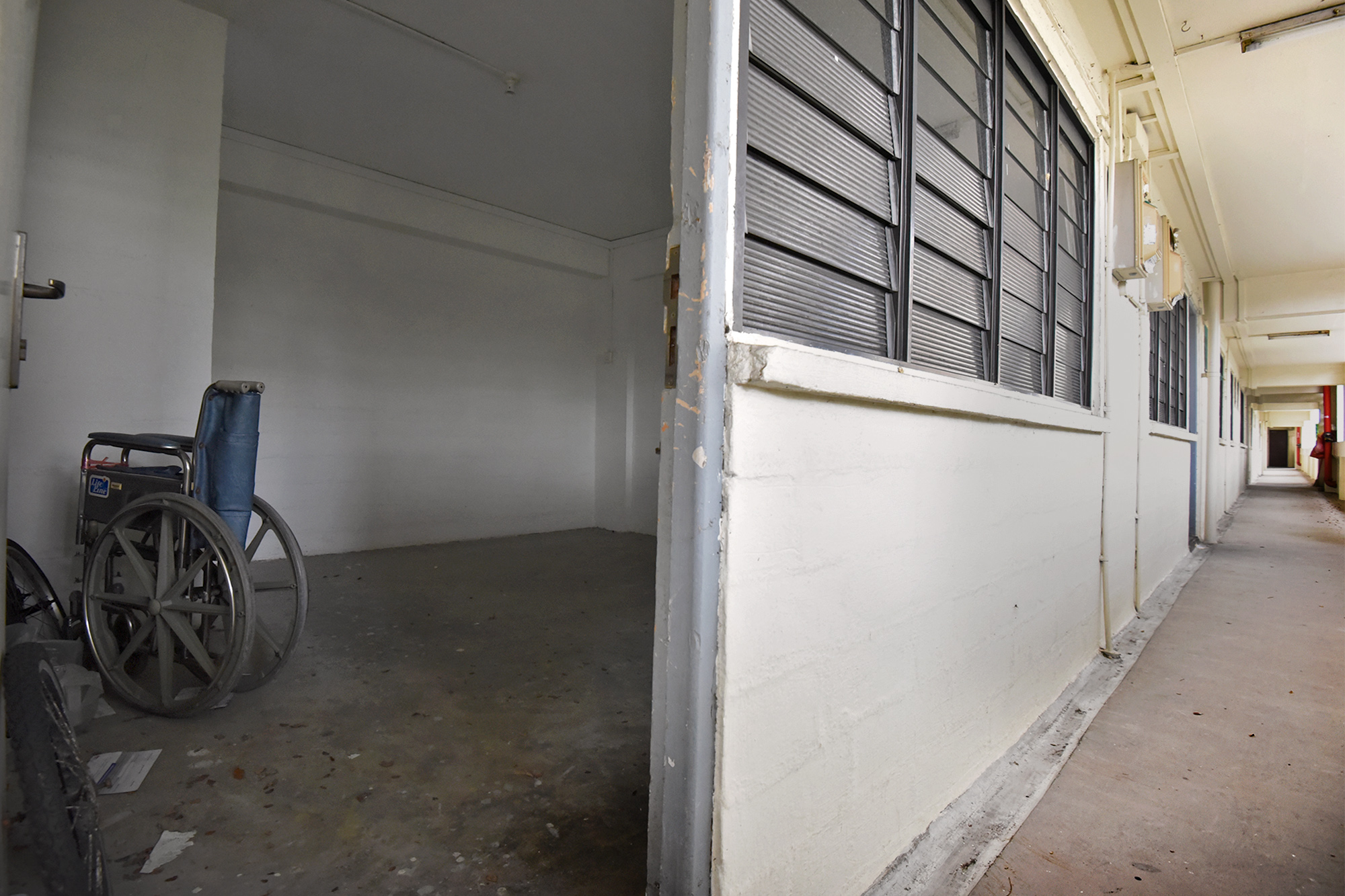
A CHANCE TO MOVE ON
Mr Lim said many residents he met have been increasingly receptive to the move. “They appreciate the fact that they were all being relocated together to a similar neighbourhood. They also appreciate the newer environment and the newer amenities. Some were however, still trying to adjust to the smaller size of the flats.”
Mr Vincent Chan, 70, is one of the residents who has been looking forward to moving to a rental flat at Cassia Crescent. “It’s about time. This place is getting old and there are cockroaches in the house.

“The lift always breaks down too,” the Dakota resident of 36 years said, detailing three instances when he was trapped in the lift. “I have a mobile phone so I can call my son. If not, I’ve to wait 20 to 30 minutes.”
Mr Stephen Teo was another resident who jumped at what the “rare opportunity” to move. Although he moved to Cassia Crescent a month ago, he still makes it a point to take a stroll at his former estate every evening. A stray cat affectionately nicknamed Puss by his wife, is the reason he keeps coming back.
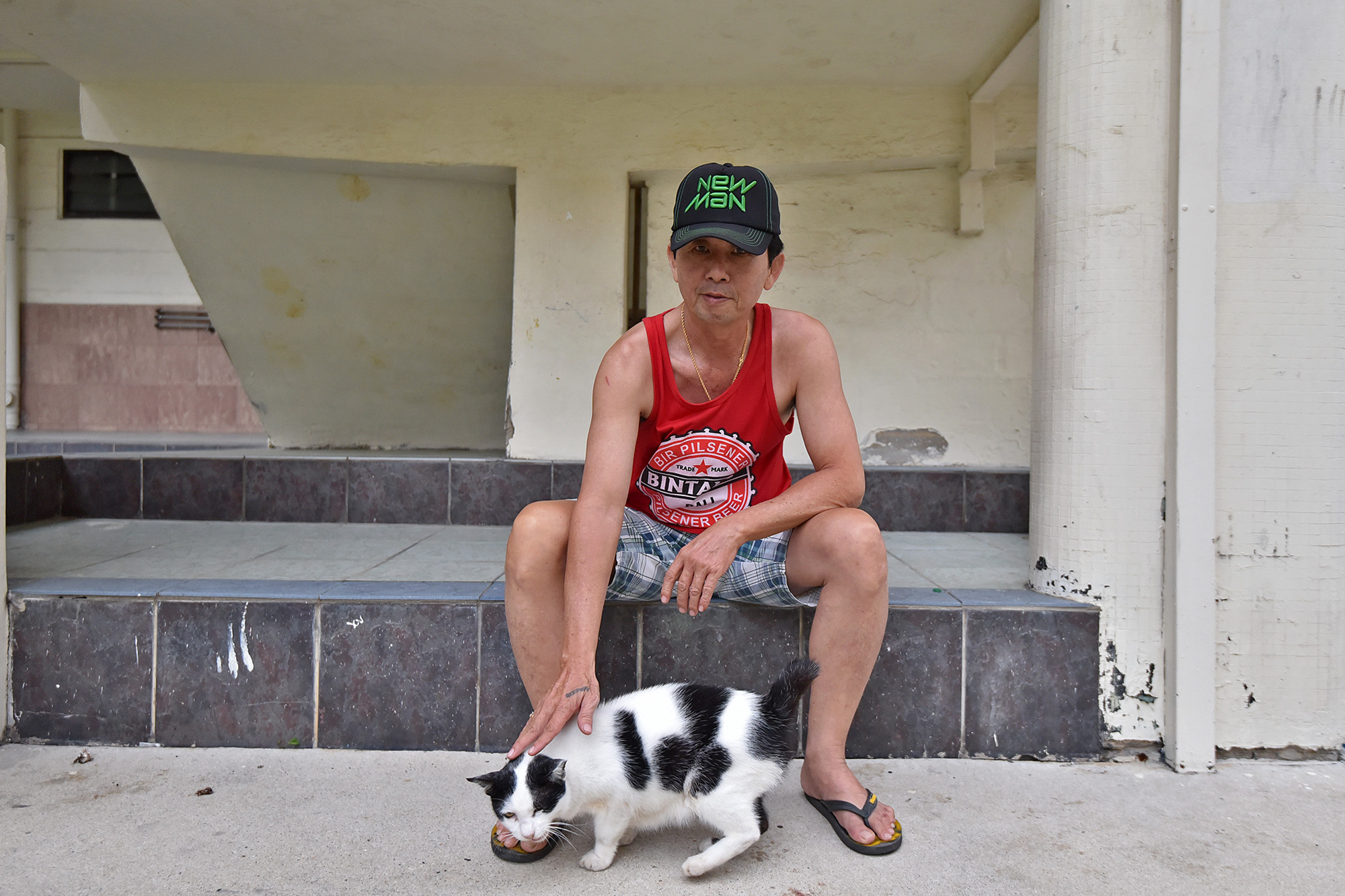
The 57-year-old also said over the past six months, more people have been visiting Dakota Crescent to take photos. “I’m curious too. What’s so special about this place?” he asked. “Because of memories, maybe.”
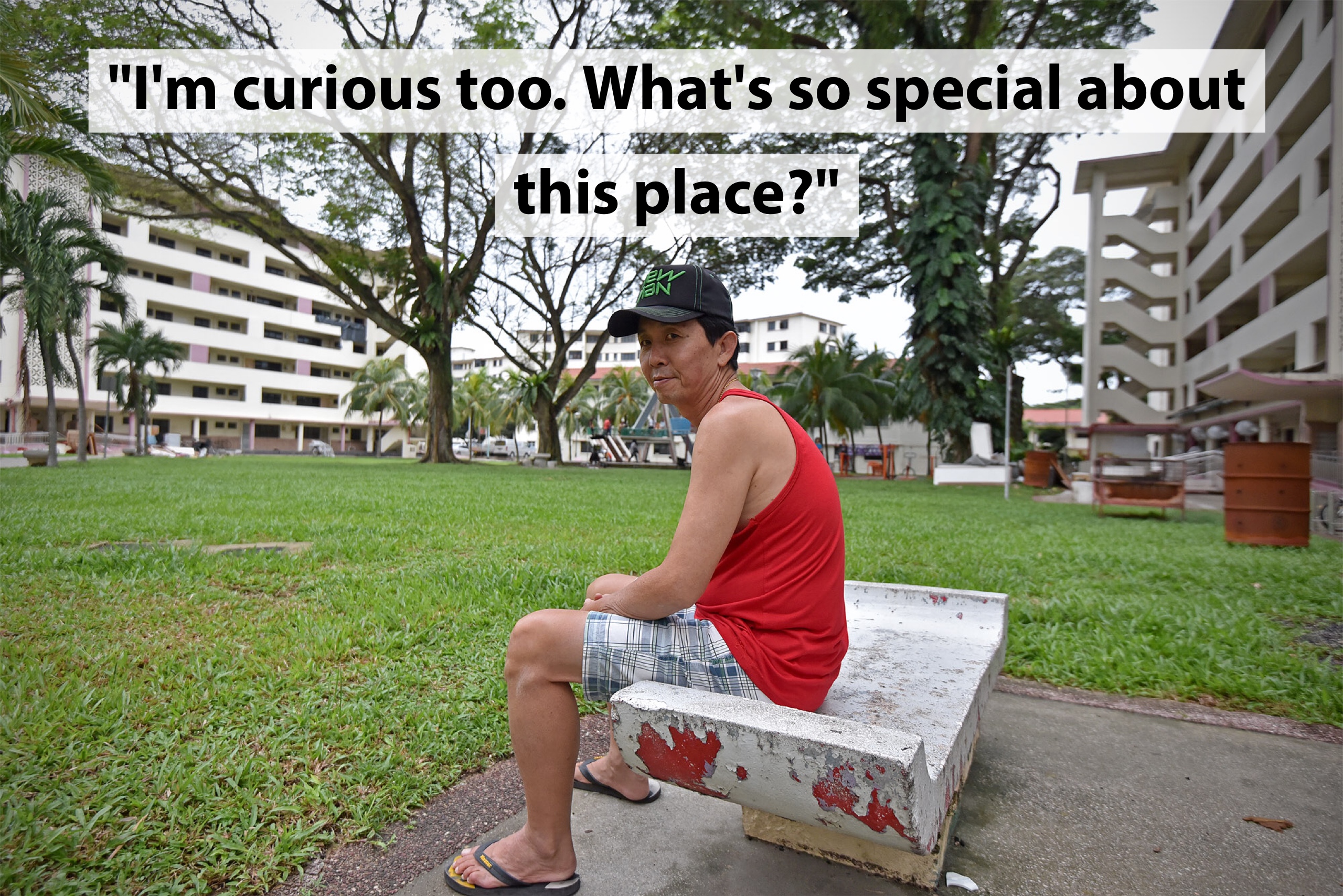
CONSERVING DAKOTA CRESCENT?
Despite a cloud hanging over the neighbourhood, HDB said blocks 13 and 21 will be retained for interim use as there is no immediate redevelopment plan for the blocks. In the interim, the flats will be rented to Singaporean households who need temporary accommodation, it said.
Separately, the authorities are studying a conservation report submitted by MP Lim Biow Chuan and a group of residents.
In October, he filed a motion in Parliament to push for conservation of the flats and subsequently arranged a meeting with Government agencies involved.
In the motion, he highlighted that Dakota Crescent is older than Singapore, hence “a cause for celebration and it should be an important consideration for conservation”.
He also spoke of Rochor Centre, a place he called home from 1977 to 1990. “I shifted there when I was in Secondary Two and lived there until I married and moved out. I had spent the better part of my growing up years in that estate,” he told Parliament.
“It was at Rochor Centre that I started volunteering as a grassroots leader because I wanted to improve the condition of the estate. It saddens me that the four multi-coloured blocks of flats which carries 40 years of memories for those residents would disappear soon,” he said.
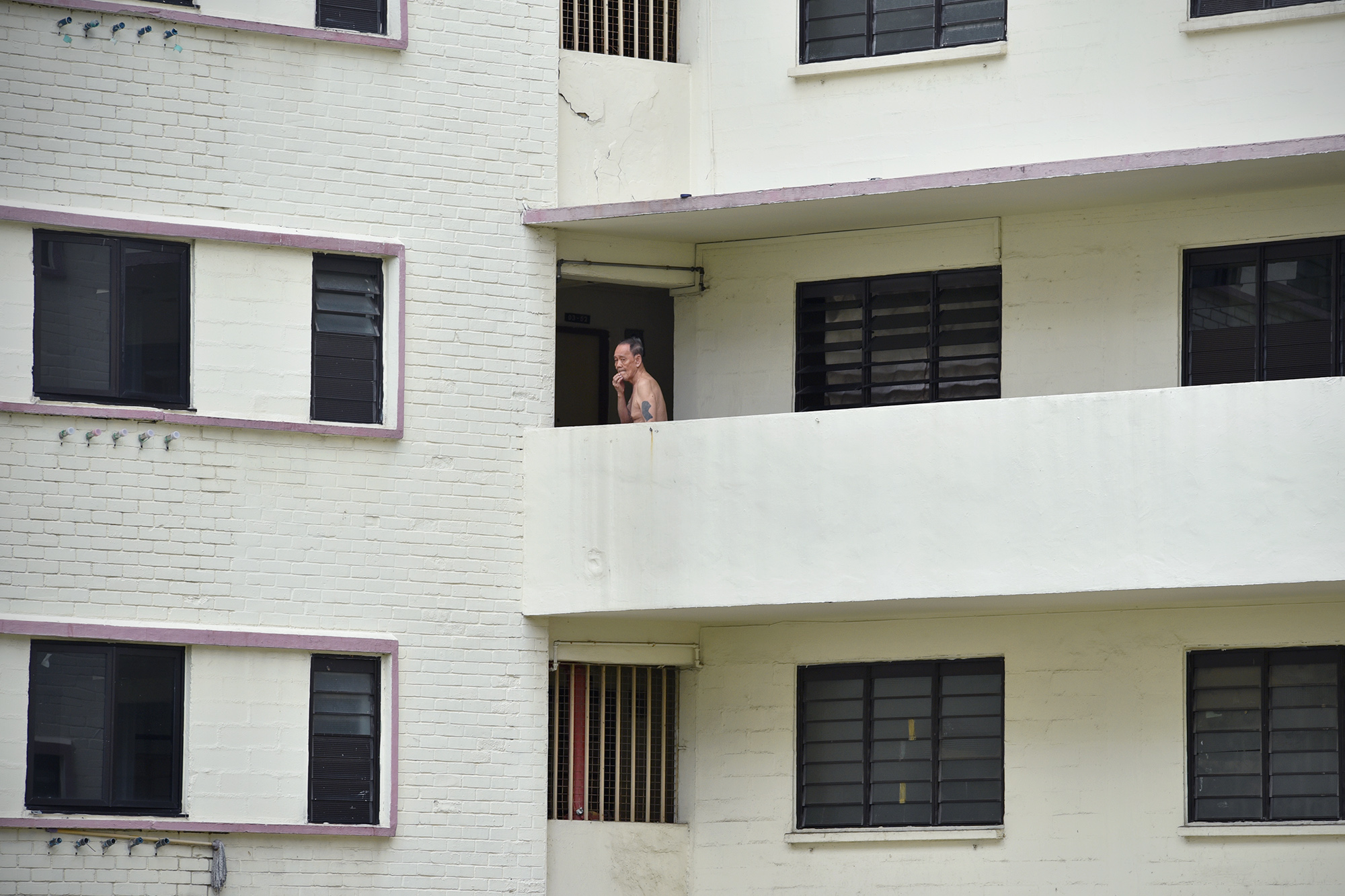
Several meetings were held with the small group led by Mr Lim and they met with Urban Redevelopment Authority and National Heritage Board officials in the process, said Mr Lim.
One occupant hoping the estate will be conserved is Tian Kee & Co cafe. “Running a cafe in Dakota is akin to running a modern cafe back in the 80s,” said Tian Kee & Co’s manager C K Foo. “As I grew up in a kampung, this estate brought back memories of my childhood days when I first visited this shop house in 2013.”
The cafe, in the heart of Dakota Crescent, will have to relinquish its premises by Dec 30. “I wanted to bring the lost kampung spirit back into this long forgotten neighbourhood,” said Mr Foo, explaining why he took over the digs of a former provision shop at block 12.

Despite the cafe’s hipster clientele attracted by its Instagram-friendly rainbow cheesecake and all-day breakfast options, it was comforting seeing the elderly residents of Dakota bringing friends for afternoon ‘kopi’ sessions, he said. “The residents know that they are always welcome here.”
“Hopefully Dakota Crescent will be conserved and Tian Kee & Co can go back to where it belongs,” said Mr Foo.
